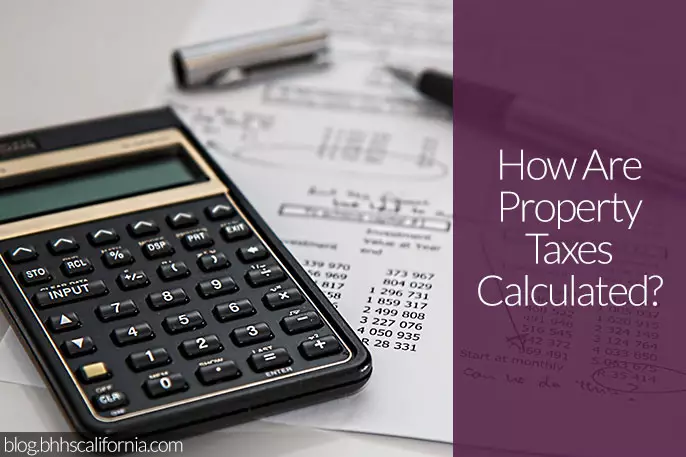
Congratulations! You’ve finally settled into your first home, enjoying the American dream on a sunny afternoon. You walk out to your mailbox and there, among the shopping flyers and restaurant coupons, is that letter. The one you were expecting but weren’t quite prepared for. The one from the county assessor’s office or tax collector. The one that says you owe XXXX amount of dollars for property taxes.
In the rush and excitement of buying a home, it’s easy to put the annual expense of property taxes somewhere in the rear recesses of your mind. Knowing how your taxes are calculated can help make it a little easier to write that check when the time comes. Understanding that calculation can be one of the most confusing challenges for homeowners. It isn’t done the same way for all local governments but often follows the same general rules.
Property taxes are considered an ad valorem tax–from the Latin for “according to value.” That is why they are calculated based on an assessment of your property’s value.
They can be a major source of funding for a city or county. Local property taxes fund schools, police and fire departments, libraries, and other municipal facilities and projects. Some property tax bills itemize how much of your tax payment is earmarked for certain government and public expenses.
Your home’s value is determined by your local tax assessor’s office. Property assessments might be done annually, or possibly just every five years. It varies depending on state or local law. You should receive your value assessment first, and your property tax bill not long after.
The assessment is based on the tax assessor’s estimate of your home’s market value, which is typically determined in one of three ways:
To calculate your property tax, your assessment is multiplied by the local tax rate, sometimes called a millage rate or mill rate. One mill equals one-tenth of one cent or $1 for every $1,000 of a property’s value. Different governments are allowed to charge varying mill rates. A home’s property tax is almost never based on just one mill. Communities often determine how much tax revenue they will require in a given period, then set a mill rate commensurate with raising that amount of money through property taxation.
Local property taxes fund schools, police and fire departments, libraries, and other municipal facilities and projects Share on XYour property assesses for $250,000. Your local mill rate is 45. Multiply the property’s value by 4.5 percent to determine your tax bill: $11,250 for the year. If your mill rate is only 15, your tax bill would drop down to $3,750 based on the same value.
Yes. They are limited by Proposition 13, a law approved by California voters in 1978. Proposition 13 has two important features: First, it limits general property taxes (not including those collected for special purposes) to 1 percent of a property’s market value. Second, it restricts increases in assessed value to 2 percent annually. Those two rules keep California’s overall property taxes below the national average. However, there have been recent efforts to repeal Proposition 13 or change its limits. If you own a home in California, follow the news about this effort so you won’t face any big surprises.
Your tax due can be paid as part of your monthly mortgage payment, or with annual or semi-annual payments made directly to your local tax authority. Some localities might accept monthly payments. Contact your tax authority for the most up-to-date information for your home’s location, particularly if you’re considering buying a property and want to anticipate what your tax bill will be.
In many cases, they are, as long as you itemize deductions on your federal tax return. Not sure? Consult a tax accountant or lawyer when preparing your taxes or having them done for you by a third party.
Connect with a real estate agent in your community or search all Southern California homes today.
Like what you see here? Sign up for more! Our free e-newsletter informs you of listings in your community, insider real estate tips, the latest in home trends, and more.
June 6th, 2018 at 2:00 pm